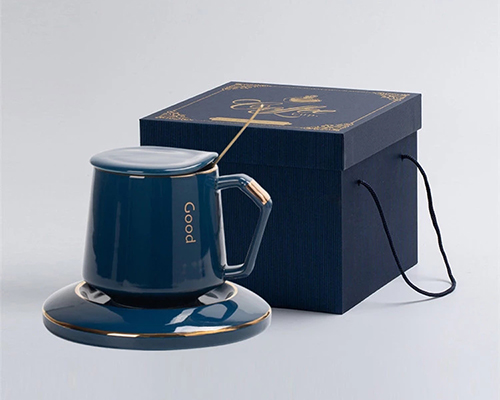- All
- Product Name
- Product Keyword
- Product Model
- Product Summary
- Product Description
- Multi Field Search
Views: 72 Author: Site Editor Publish Time: 2020-07-07 Origin: Site
Ceramic Mug Manufacturing Steps And Printing Process
Ceramic mugs make up a large part of the utensils we use. Why do many people choose ceramic materials? The reason is that ceramics have many advantages over other materials: plasticity is very strong (single shape), porcelain surface is smooth and easy to clean, materials are high-temperature baking, non-toxic and harmless (some are easy to be healthy), etc., which make ceramics popular with the public. Is it not curious to introduce how such a good ceramic mug will be produced?

First, let’s understand how the ceramic mug transforms from clay to cup:
1. Practice the mud: Take the porcelain stone from the mining area, finely pour the water, wash it, remove the impurities, and precipitate into a brick-like mud. Then mix the mud with water, remove the slag, rub it with your hands, or step on it with your feet, squeeze out the air in the mud, and make the water in the mud even.
2. Drawing: the mud group thrown in the center of the carousel of the car, with the flexion and extension of the method of drawing and drawing the general appearance of the body.
3. Ink blank: The shape of the stamp is to be rotated according to the inner arc of the blank. The blank which is dried to the semi-dry is placed on the mold, and the outer wall of the blank is evenly pressed, and then demolded.
Billet: The billet is placed on the profitable bucket of the brake, the disc is rotated, and the cutter is used for turning. The thickness of the blank is appropriate and the surface is smooth. This is a highly technical process.
4. Drying the blank: Place the processed blank on the wooden frame to dry it.
5. Engraved: use bamboo, bone or iron cutter to paint the pattern on the dried or semi-dry body.
6. Glazing: Ordinary round mouth is made of enamel glaze (immersing the slab into the glaze basin, when the mouth is flush with the glaze), or glazing (the glaze is poured into the slab to sway, so that the upper and lower sides are evenly glazed, then quickly Pour off excess glaze), relative to the “rounder”, “rounder” refers to a circular vessel shaped by a blanking method, such as a bowl, a plate, a dish, etc., and a more complicated forming process, Such as bottles, statues, pots, cans, etc., it is called “scrub”, or large rounds are blown with glaze (the method is to blind the bamboo tube with a spun yarn, and then spray the nozzle with the enamel, so repeatedly, the thickness of the blank can be obtained. Uniform glaze).
7. Kiln: The time course is about one night and the temperature is around 1300 °C. Firstly, the kiln door is fired, the kiln is ignited, the fuel is Songchai, the technical guidance of the pilework is taken, the fire is measured, the temperature of the kiln is changed, and the time of the ceasefire is determined.
8. Color glaze: glaze color such as multicolored, pastel, etc., is painted on the glazed surface of the burnt porcelain, fill the color, and then into the red furnace to burn at low temperature, the temperature is about 700 ° C – 800 ° C. In addition, before the kiln is painted on the green body, such as blue and white, glazed red, etc., it is called glaze red, which is characterized by the color under the high temperature glaze, never fade.